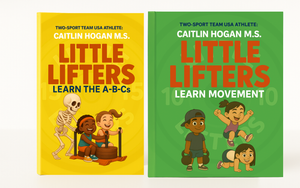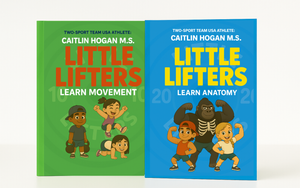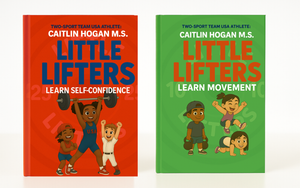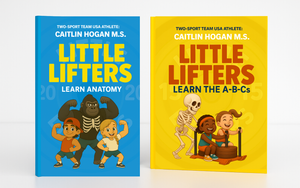💤 Rest & Recover: The Underrated Power Move in Your Child’s Growth
In a world that celebrates hustle, movement, and “go, go, go!”—teaching your child to pause might be the most powerful lesson of all.
Rest and recovery are where the magic happens.
It’s when the brain consolidates learning.
It’s when the body repairs and grows.
It’s when your child builds the lifelong habit of listening to what they need.
Just like adult athletes, Little Lifters need to balance movement with stillness.
🧠 Why It Matters
Rest & Recovery supports:
-
Self-regulation – recognizing when to slow down, breathe, and reset
-
Mindfulness – increasing body awareness and emotional control
-
Physical recovery – allowing muscles and joints time to heal and grow
-
Healthy lifelong habits – building routines that include rest, not just effort
Incorporating downtime into your child’s routine helps them become more focused, more resilient, and more in tune with their body’s needs.
🧒 Activities by Age Group
▶️ Ages 2–4:
Activity: “Body Freeze”
-
Lie down and pretend to be statues. Have them notice their belly rising and falling as they breathe.
Activity: “Stuffed Animal Breathing”
-
Place a soft toy on their belly and watch it rise and fall with each breath.
Goal: Introduce calmness, breath awareness, and stillness in playful ways.
▶️ Ages 5–7:
Activity: “Slow Scan Wind-Down”
-
Guide them to close their eyes and slowly bring attention to their toes, feet, legs… all the way up to their head.
Activity: “Mindful Coloring”
-
Use quiet, focused coloring time as a recovery tool after high-energy play.
Goal: Build self-regulation and body awareness through quiet focus.
▶️ Ages 8–10:
Activity: “Stretch + Reflect”
-
Light stretching with calm music, followed by a simple journal question: “How does your body feel today?”
Activity: “Five-Minute Reset”
-
Use guided breathing or a short meditation app to rest both body and mind.
Goal: Reinforce recovery as an active, empowering practice—not a punishment or afterthought.
🔬 Science Spotlight
Rest is when muscle fibers rebuild, neural pathways solidify, and emotional regulation centers reset.
Regular rest supports development of the parasympathetic nervous system—the “rest and digest” mode that keeps kids balanced and grounded.
Studies also show that mindfulness practices in childhood increase focus, empathy, and emotional resilience.
💡 Parent Tip:
Model rest as strength. Say things like, “I need a reset,” or “My body worked hard today—I’m giving it a break.” When rest is normalized, kids learn it’s not quitting… it’s preparing to grow.




0 comments